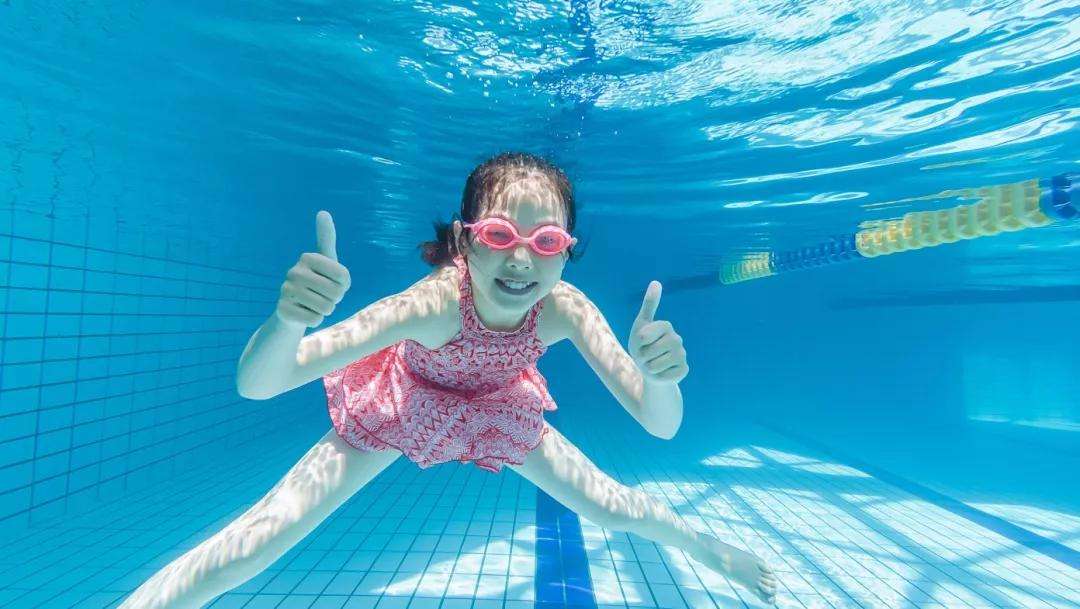Enhance Pool with Glass Fencing Sunshine Coast! Discover how transparent elegance, superior safety, and...
Understanding the Growing Need for Enhanced Safety
In today’s interconnected...
Understanding Viribus Smart Investing
Viribus Smart Investing isn’t just another...
Understanding the Hybrid Powertrain
Hybrid vehicles represent a significant step...
Leveraging Data Analytics for Strategic Decision-Making
In today’s data-driven world,...
Earthy Tones Reign Supreme
Autumn 2025 sees a return to...
The Current State of Hybrid Technology
Hybrid vehicles, combining gasoline...
Choosing the Right Plants for Your Lifestyle
Let’s face it,...
Real-Time Visibility and Tracking
The advent of IoT (Internet of...
The Evolution of Data Visualization
Data visualization has come a...
Taylor Swift: Eras Tour – The Encore!
Get ready, Swifties!...
Why Dumbbells? A Versatile Choice for Full-Body Fitness
Dumbbells offer...
Instagram has become one of the most powerful platforms for content creators, marketers, and brands...
Shifting Focus from Incarceration to Rehabilitation
For decades, the American...
Understanding the Evolution of Hybrid Electric Drives
The journey of...
Changes to Child Tax Credits
The Child Tax Credit (CTC)...
Understanding Your Time Thieves
Before you can reclaim your time,...
The Rise of Stricter Content Moderation
Social media platforms are...
Understanding the Need for Efficiency in Industrial Control
In today’s...
Understanding Your Market Readiness
Before you even think about expanding...
Singapore is a nation surrounded by water—from the reservoirs and beaches to community pools in...
Understanding the Basics: Fat Loss and Muscle Gain
Building muscle...
Understanding Your Daily Nutritional Needs
We all know eating well...
The Timeless Appeal of the Turtleneck
The turtleneck sweater. A...
Choosing the Right Platform: Factors to Consider
Before diving into...
Understanding Your Financial Landscape
Before embarking on any wealth management...
Understanding Your Current State: A Foundation for Growth
Before you...
Streamlining Your Daily Routine with Smart Home Tech
Imagine waking...
Understanding Your Pet’s Dental Needs
Just like us, our furry...
Unwind and Reconnect: The Find Your Center Experience
Stepping into...
Understanding the Importance of Accurate QC Ranges
Maintaining tight control...
Revolutionizing the Industry with [Brand Name]’s Latest Breakthrough
For years,...
Finding the Right Smart Home Installer: It’s More Than...
Exploring the Majestic Himalayas: Nepal’s Annapurna Circuit Trek
Nepal’s Annapurna...
The Evolving Landscape of STEM Education
The world is changing...
Understanding Your Financial Goals
Before you can secure your financial...
Spoil Your Furry Friend: A Luxurious Grooming Experience
At Spoil...
Understanding Your Risk Tolerance
Before diving into any investment strategy,...
Understanding Your Rights
Going to court can be intimidating, especially...
The Rise of the Data-Driven Consultant
The business world is...
Understanding Your Financial Landscape
Before you can even think about...
A Paw-some Selection of Collars and Harnesses
Choosing the right...
Understanding Your Personal Definition of Balance
Work-life balance isn’t a...
Setting Up Your Home Gym
You don’t need a fancy,...
August Smart Lock Pro + Connect
The August Smart Lock...
The Legendary Fleetwood Mac Tribute: Rumours Reimagined
June kicks off...
A Culinary Stroll Down Newbury Street
Newbury Street, a Boston...
Why Smart Locks Are Revolutionizing Home Security
For years, traditional...
Understanding the Multifamily Market
The multifamily market, encompassing apartment buildings...
Unveiling NovaTech: A Glimpse into Tomorrow
For years, we’ve dreamed...






























![[Brand Name] Launches Innovation Unveiled [Brand Name] Launches Innovation Unveiled](https://images.unsplash.com/photo-1740908901012-bd2608031565?fm=jpg&q=60&w=3000&ixlib=rb-4.1.0&ixid=M3wxMjA3fDB8MHxzZWFyY2h8M3x8YnJhbmQlMjBsYXVuY2glMjBtYXJrZXRpbmclMjBwbGFufGVufDB8MHwwfHx8Mg%3D%3D)
















